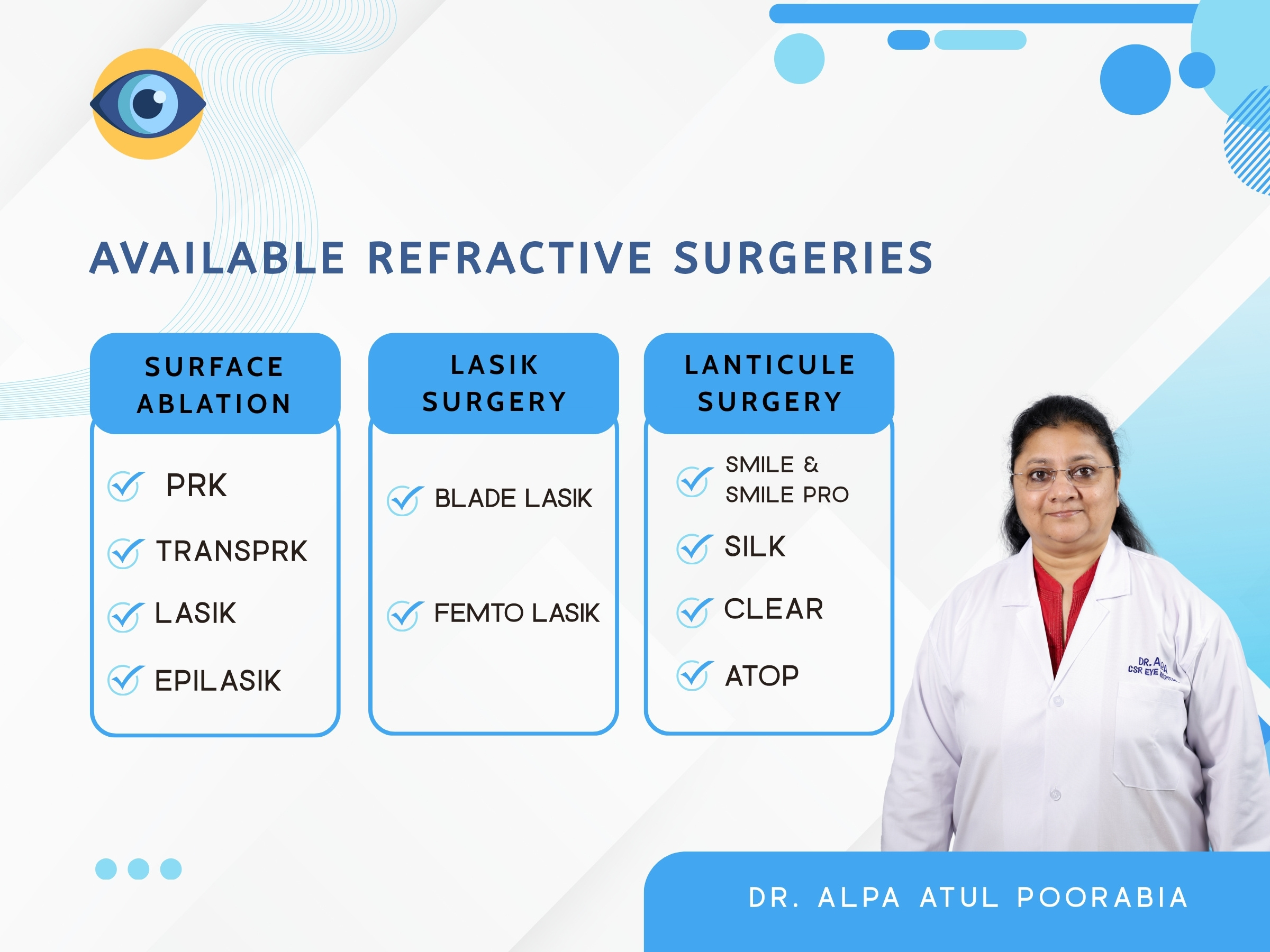“Myopia Control” is the term used to describe specific treatments given by an Eye Specialist OR Trained Optometrist to slow down the progression of Myopia in children.There are different types of Myopia control treatments available today:
Atropine acts on Ciliary Body muscles, which helps the eye to focus on near object, known as accommodation. Thus, it temporarily limits the eye’s ability to automatically change focus. This effect of atropine on accommodation, has shown promising results in slowing down the progression of Myopia in children. Though scientist do not fully understand how they work.
Some studies have shown that the Atropine Eye Drops, is very effective in controlling Myopia by up to 77%
- Some Accommodative exercises/Multifocal Glasses/Contact lenses-
They are special multifocal lenses that can slow the eye growth that leads to myopia.
These lenses have shown success in slowing myopia progression.
Multifocal glasses or Contact lens has shown, slow down of the progression of Myopia in some children. One recent 2-year study, found that Myopic children who wore Multifocal glasses/Contact lens daily had a 50% reduction in the progression of their Myopia compared with similar Myopic children who wore regular contacts for the same period.
And newer, even more effective designs are constantly being developed. Examples of these newer designs include:
The MiYOSMART lens by Hoya, which uses Defocus Incorporated Multiple Segments (DIMS) technology
The Stellest lens by Essilor, which uses Highly Aspherical Lenslet Target (HALT) technology
- Myopia Control spectacles-
Theses are spectacles with multiple lenslets or different power zones, to achieve peripheral defocus and slow down progression of Myopia
- Red Laser Therapy- a new addition, and shows slowing down of progression of Myopia
- Orthokeratology (ortho-k)-
Orthokeratology (Ortho-K) lenses are also known as “Corneal reshaping lenses”, used for cosmetic reason but have shown evidence of slowing down progression of Myopia.
They are specially designed gas permeable contact lenses, which can be wore only at night during sleep. The Contacts are removed in the morning, and the temporary correction is good enough so that corrective glasses are not needed during the day.
One two-year study of Near-sighted Chinese children (ages 6 to 10) found that ortho-k contact lenses reduced lengthening of the eyeball (a key factor in myopia progression) by 43 percent compared with matched children who wore regular eyeglasses for myopia correction during the study period. Still these are long term studies needed to see real benefits.
Increased time for outdoors and good exposure to “Harmless” sunlight.
Decrease in prolonged hours of near work and maintaining good habits (20-20-20 rule) while working on digital screens or reading
- Myopia should not be under or over corrected (Just exact number). Under correction can be a precipitating factor in progression of Myopia.




